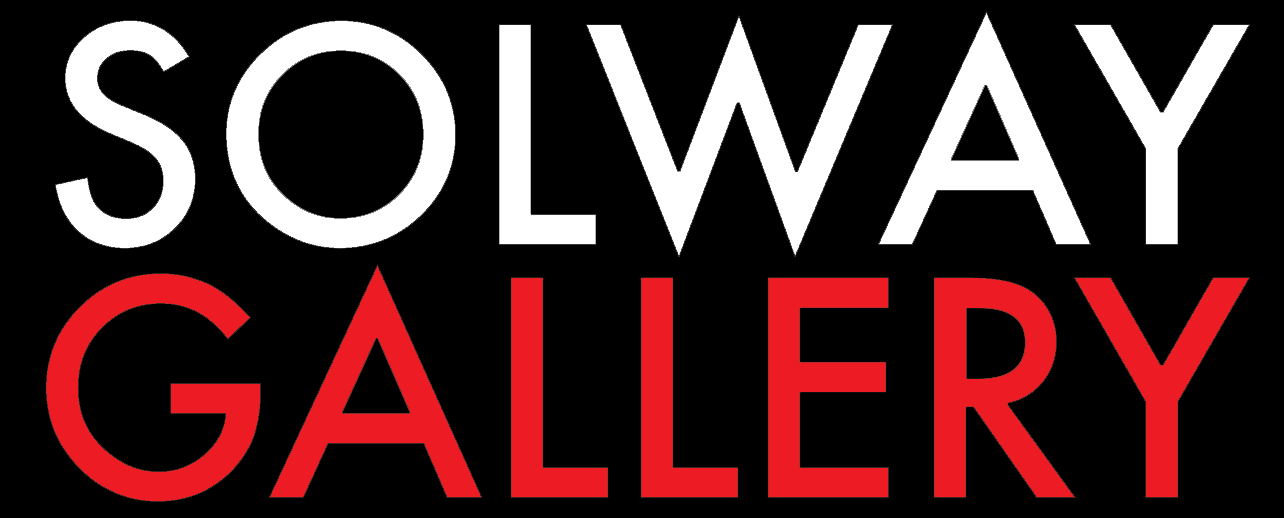ERWIN REDL
October 9 – December 23, 2015
For the fall season, Carl Solway Gallery presents three solo exhibitions of artwork incorporating light, motion, video projection and various forms of technology. Erwin Redl’s exhibition, featuring work from 2010-2015, will include an installation composed of digitally controlled LED light sculptures, kinetic sculpture, drawings and prints. Pascal Dufaux builds kinetic sculptures incorporating video cameras, ceramic, metal and glass that he refers to as Alien Forms. Rachel Rampleman’s exhibition will consist of two experimental projected videos: Busby Berkeley 2.0, from 2014 and Water/Light Study, from 2015 and another looped video on a traditional monitor.
Erwin Redl, an Austrian-born artist based in Bowling Green, Ohio and New York City, is best known for large-scale light installations for art museums, public buildings and corporations. His work transforms the medium of light into immersive, tangible experiences for viewers. His architectural environments translate complex mathematical algorithms and other methods inspired by computer code into contemplative, minimalist spaces further activated by his use of motion and rhythmic sequencing.
His exhibition at Carl Solway Gallery will include work in various media from the last five years. The light installation, Benchmark, composed of grids of LEDs, continuously changes density and color. Three new light sculptures titled Dial white-red, white-blue, a new edition published by Carl Solway Gallery, will be shown for the first time. The kinetic sculpture, Ascension (line 24), features glass tubes, LEDs and ping pong balls, creating a humorous sound and light event. Redl also produces two-dimensional work and the exhibition will include a suite of drawings and several prints from the series CNC Palimpsest. These prints are made by inking the horizontal bed of the CNC Router machine that the artist uses to fabricate much of his sculpture. Redl treats this machine bed much like a printmaker treats a lithographic stone or etching plate. The resulting prints trace the schematic evidence left behind by the machine’s milling path.
Cincinnati viewers were introduced to Redl’s work In the Spring of 2015, when he developed the installation Cincinnati Swing for the Contemporary Arts Center. Composed of hundreds of swinging LED lamps, the installation covers the entire “urban carpet” of the Zaha Hadid building, from the lobby up to the sixth floor. His work is internationally exhibited and permanently installed in locations in San Francisco, New York City, West Hollywood, Seattle, St. Louis, Toronto and Istanbul, among others. His installation Matrix VI lit the face of the Whitney Museum of American Art during the Whitney Biennial 2002. Public collections include the Museum of Contemporary Art, San Diego; Milwaukee Art Museum; and Whitney Museum of American Art, New York.
Erwin Redl was born in 1963 in Gföhl, Austria. He studied composition and electronic music at the Music Academy in Vienna. In 1993, he moved to the United States and in 1995 he earned an M.F.A. in Computer Art from the School of the Visual Arts in New York City.
Benchmark (line 23), 2010 / 2015, Light Installation with 23 panels with animated RGB LEDs, acrylic, stainless steel, microprocessor, 21.5 x 4.5 feet (width x height), dimensions and configuration variable
Dial white-red, white-blue, 2015, Light painting 16 white, 8 red and 8 blue animated LEDs on white board with stainless steel frame, microprocessor, 58 x 58 x 10 inches (width x height x depth), Edition of 10 + 1 Artist Proof, three on display
Reflections, on Patterns and Signs, 2015, Light painting 12 RGB LED-bars on white board with stainless steel frame, microprocessor, 36.5 x 36.5 x 3.5 inches (width x height x depth), Edition of 10, one on display
Dial white-red, white-blue, 2015, Light painting 16 white, 8 red and 8 blue animated LEDs on white board with stainless steel frame, microprocessor, 58 x 58 x 10 inches (width x height x depth), Edition of 10 + 1 Artist Proof, three on display
Ascension (line 24), 2014 / 2015, Kinetic installation with 24 suspended glass tubes, fans, ping-pong balls, microprocessor, white LEDs, 20 x 12 x 1 feet (length x height x depth), dimensions and configuration variable
Ascension (line 24), 2014 / 2015, Kinetic installation with 24 suspended glass tubes, fans, ping-pong balls, microprocessor, white LEDs, 20 x 12 x 1 feet (length x height x depth), dimensions and configuration variable
Random Progression, 2005, Suite of seven drawings, pencil and ink on paper, 14.5 x 18.5 inches each (height x width), Framed: 18.5 x 22.5 inches each
CNC Palimpsest Prints (November 22, 2014), 1 from a series of 7 monoprints, hand-burnished on Fabriano archival paper with oil based ink, 28 x 48 inches each in red, black, blue, black on red, black on blue, blue on red and black on blue on red
Inclined Plane (one over waves), 2014, Time-based wall sculpture with painted wood, fan, ping-pong ball, microprocessor (masonite version), 30 x 10 x 2.5 inches (length x depth x thickness)








































